8 Places Preppers Store their Survival Supplies
Do you have your survival supplies stored properly? A wise prepper would never place all of their eggs in a single basket, and that’s especially true when it comes to where they store all of their survival supplies.
You may have all the right survival gear to make it through any major disaster known to man, but if you’re away at the office, on vacation, have to evacuate from your home, or the flood waters are rising faster than expected, what have you done to prepare for emergencies and the related emergency supplies you may need to survive?
That’s why you need to be ready for as many contingencies as possible, no matter where you might be when the emergency comes into play. These are 8 places where every prepper should store their survival supplies.
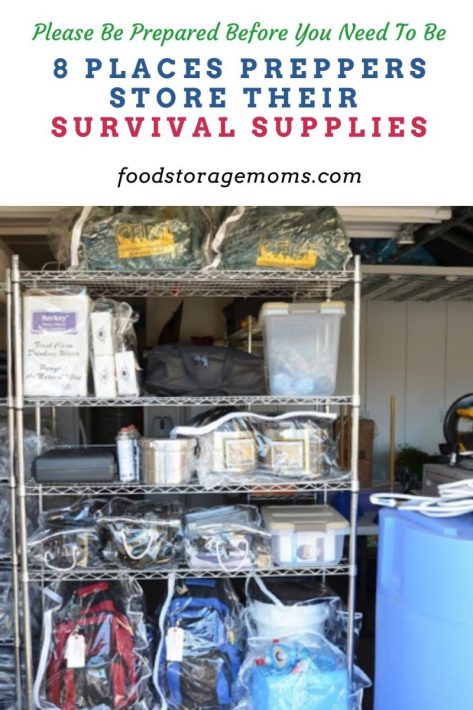
8 Places Preppers Store their Survival Supplies
1. Basement
Your basement is one of the best places to store your emergency supplies, as it’s protected from natural disasters like tornadoes, earthquakes, and snowstorms. Just remember not to store food and supplies on the floor of your basement and keep them as high up on the shelves as you can.
That way they aren’t as risk prone to become compromised or damaged by contaminated waters if flooding takes place.
But if the flooding is severe enough, it won’t matter because you won’t be able to reach your supplies anyway. That’s one of the major drawbacks to storing all your supplies belowground.
If your area is subject to possible flooding, consider looking into some water-resistant containers to store the supplies. At least the more expensive supplies deserve some protection from water damage, so take stock and figure out what should be given a priority, and then acquire the necessary containers. Yes, there’s some expense, but it certainly should be significantly less than replacing those more costly items.
2. Root Cellar
There are plenty of homes out there that don’t have a basement to store things in. However, if you have a root cellar, that’s a valuable option. A root cellar is a subterranean room that’s used to store vegetables and fruits.
The temperature and humidity in a root cellar are perfect for preserving food. You can also use a root cellar to store other survival supplies like water, medical supplies, and tools.
Just make sure that the root cellar is properly ventilated so that you can breathe effectively when you go down there. And if you have a gas-powered generator, make sure it’s well away from the root cellar so that the fumes don’t build up and cause an explosion.
I’d strongly suggest you have some type of shelving installed if there’s room. Also, consider putting down some tarps or other covering on the floor so items you have to place there aren’t as susceptible to moisture. Again, if you are prone to floods in your area, this may not be the best place for the storage of valuable supplies. Containers as discussed above may help protect some of your supplies.
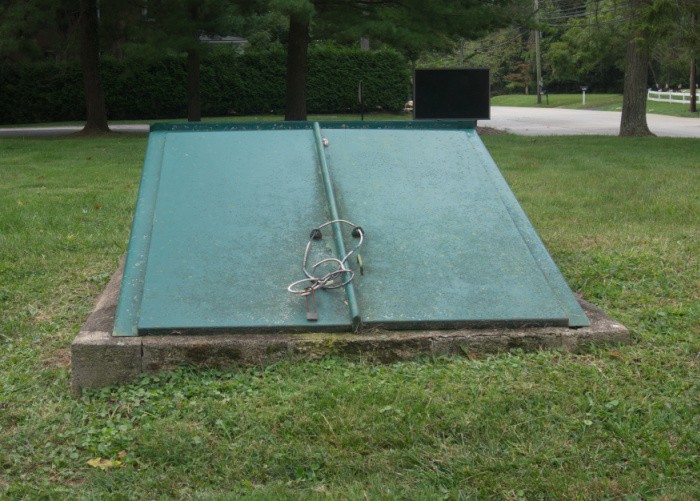
3. Garage
Your garage is another convenient location to store your survival supplies. It has ample space and can temporarily house your emergency supplies until you have a better location for them. In addition, many garages have an attached carport which makes it easy to load and unload supplies when necessary.
Having a wide garage door opening certainly helps with the logistics of moving your supplies in and out. If you have room, it also provides a place to either install shelving or provide space for shelves on wheels. In our last home, we had a three-car garage with plenty of space for shelving. We opted to buy those nice shelving racks on wheels so we could move them if needed.
However, your garage could also be susceptible to flooding, so be sure to store any perishables or electronics on high shelves. They usually aren’t insulated well, so cold and hot weather can have a negative impact on your food and supplies. And lastly, they can be easier to rob if someone wants in your garage badly enough.
We had a neighbor close off a section of his garage and had it sheetrocked with heating and air added to protect what he was storing. Then he added heavy-duty shelving, it was awesome.
4. Attic or an Upper-Level Room
For those of you that live anywhere close to where flooding or hurricanes are somewhat likely, storing your non-perishable foods and survival supplies in the attic or an upper-level room may be your best bet. That way the waters don’t contaminate food and damage your essential supplies, or even worse, wash them all away.
Just keep in mind that attics can get incredibly hot during the summer months in most areas, and that can significantly lessen the life of your food supply. So be sure to rotate out your supply often if you decide to go this route.
You may have to reinforce the flooring as well so you can walk on the trusses if that’s even possible. If you feel it’s to your advantage and can justify the cost, you may be able to add some heating and air ducts to your current system so your supplies to store safely.
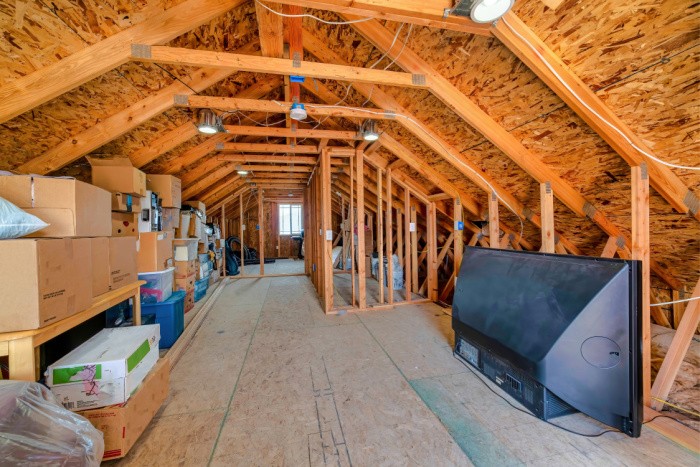
5. Pantries
Your kitchen or basement pantry can be used for more than just storing food. In addition to non-perishable food items, you can also store essential survival supplies like first-aid kits, flashlights, batteries, bug-out bags, solar ovens, and more. You may want to keep some supplies in airtight containers so they’re protected from moisture and pests.
- 10 Rules for Organizing Your Pantry
- What You Need In Your Food Pantry
- Build Your Own Great Depression Pantry
6. Storage Unit
If you don’t have a basement or garage, then a storage unit could prove to be the next best option. You can find storage units of all sizes to accommodate your needs and many of them even offer climate-controlled options to protect your supplies from extreme temperatures.
The downside is that you’ll have to pay monthly fees, but it could be worth it for the peace of mind knowing your survival supplies are reasonably close. We have a bunch of our supplies in storage right now but plan to move them into our new home once it’s constructed. This is a temporary solution, but we have a lot of valuable supplies we want to be protected.
7. Car or Trailer
What would you do if your family had to evacuate your home in the middle of the night? And if the devastation from the emergency was widespread enough, where would you turn for help?
You won’t be able to depend on nearby friends and family because they’ll be in the same boat. That’s why I believe that having a fair amount of survival supplies hidden away in your trunk would be a pretty darn good idea.
Keep a few basics like water, food, a first-aid kit, a camping tent, warm clothes, and blankets in your trunk at all times just in case you get stranded or have to evacuate at a moment’s notice. Having snacks and entertainment for the kids would also be wise on your part. Just be sure to rotate out your food every few months so that they aren’t spoiled from the heat.
Some of you might have a small travel trailer you can store supplies in. They are subject to the elements of heat and cold, and could possibly be broken into, but it can support your needs for extra storage space or a way to get your supplies from one place to another if you have to evacuate.
8. Bug-Out Location
Heaven forbid, but there may come a day where your home is decimated by severe weather in a matter of seconds or is no longer deemed as a safe place to stay based on the amount of damage it sustained. This could happen in a number of different ways, including in most major disasters
Situations like these would not give you the ample time that your family needs to grab enough food, water, and supplies to hold you over for an extended period of time.
If this were to happen, you’re going to want to have a bug-out location where you can go and be safe. This is usually a second home, makeshift shelter, or some type of property in a rural area that’s away from any major city. And of course, you’re going to want to have a considerable amount of survival supplies stored there as well.
The cost for such a location could prove to be prohibitive for many of us, but it is an option to at least consider.
Just FYI, I will not be bugging out unless my entire home is destroyed. I highly recommend Ray’s book, “Bugging In” by Raymond Dean White
Why Do I Need To Consider the Rule of Threes for Survival?
While we’ve been discussing the places to put your prepper supplies, it’s important to also think about what you need personally when it comes to survival. Preppers are aware of the Rule of Threes as follows:
- You can survive three minutes without breathable air: you need to make sure you don’t put yourself in a situation where you are unable to breathe. If necessary, seek high ground to avoid a major flood or just water in your basement from a broken water main.
- You can survive three hours in a harsh environment (extreme heat or cold): having shelter is critical, but in the worst-case scenario, extra clothes to stay warm, and water and shade, even from a wide-brimmed hat, during those hot days.
- You can survive three days without drinkable water: it’s really hard to picture going three full days without a drink. I’ve always said that water is the most important survival “supply” you can have. Make sure to store water and have ways to filter or treat it if it becomes necessary.
- You can survive three weeks without food: there’s a lot of talk about intermittent fasting, but the idea of going a number of weeks without food is really scary to me. You not only have to have food stored away, but it needs to be food that won’t go bad in the short term, and it needs to be food your family will eat.
Final Word
Now that you know some of the best places where preppers store their survival supplies, it’s time for you to start gathering your own supplies and get prepared for anything that may come your way. This article may have been hard for some of you to swallow, but trust me, it’s better to be safe than sorry. Can you think of any other places to store emergency supplies that I may not have mentioned? I’d love to hear from you! May God Bless this world, Linda
Copyright Images: Root Cellar AdobeStock_378640635 by Monica, Interior Attic AdobeStock_402937396 by Jason

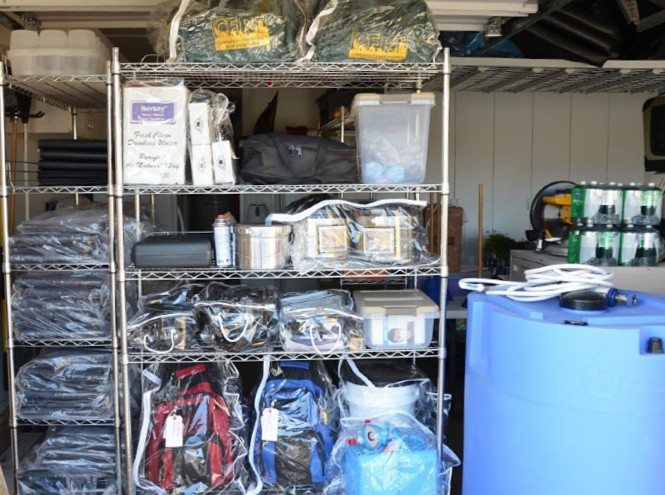

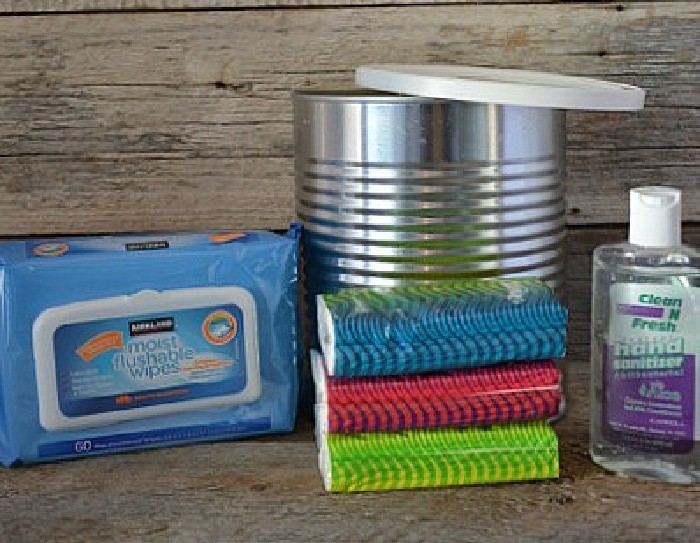

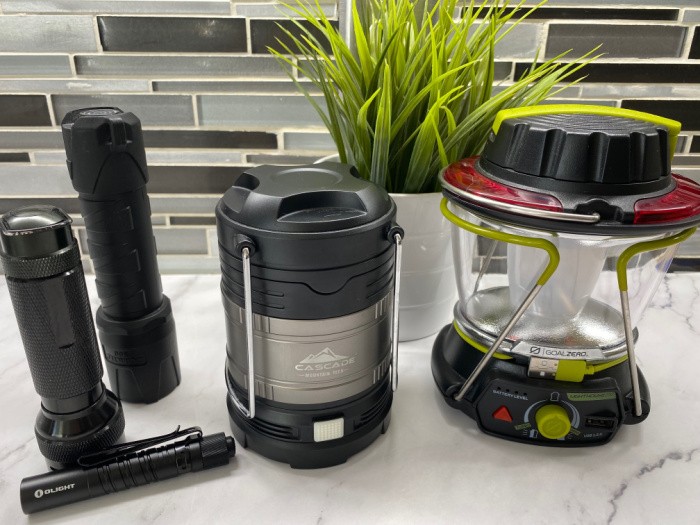
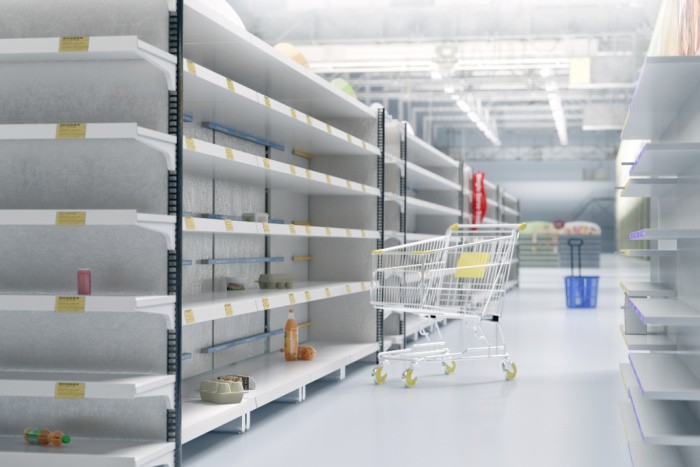
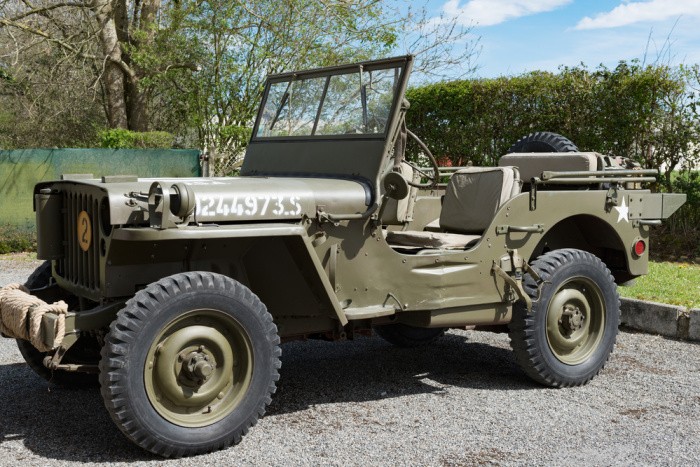
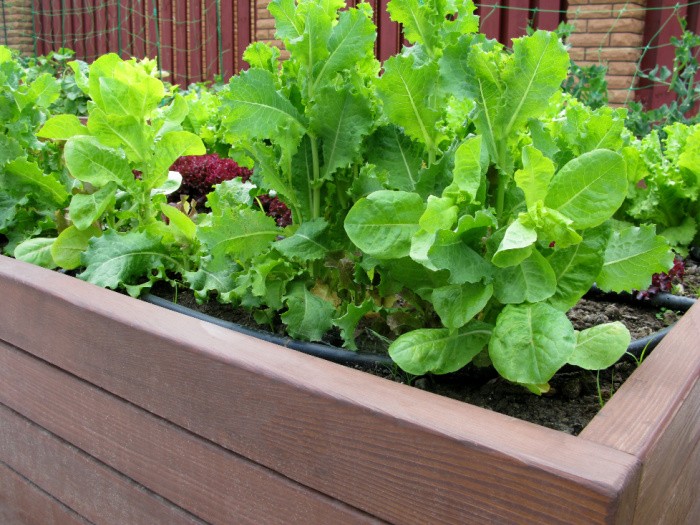
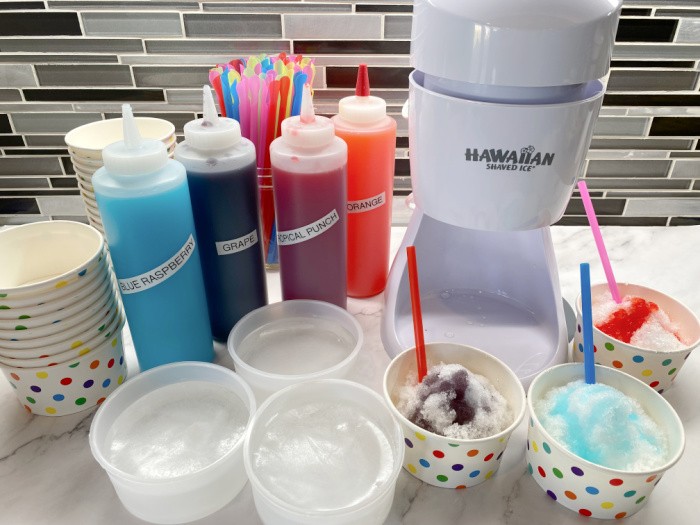
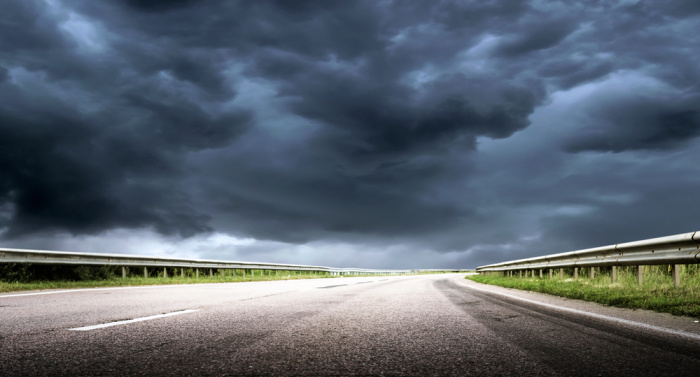
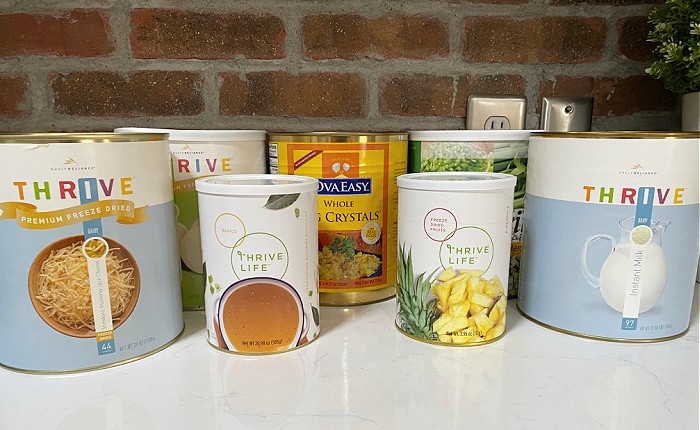

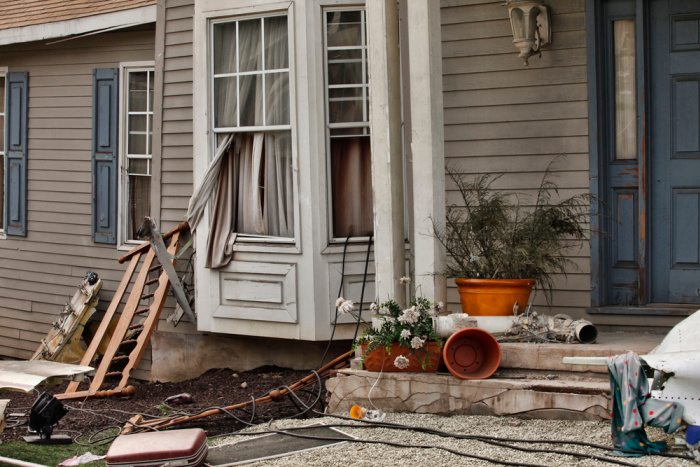
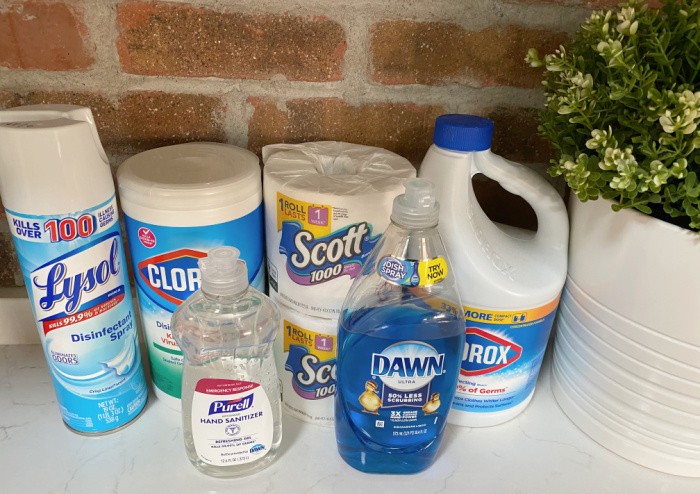
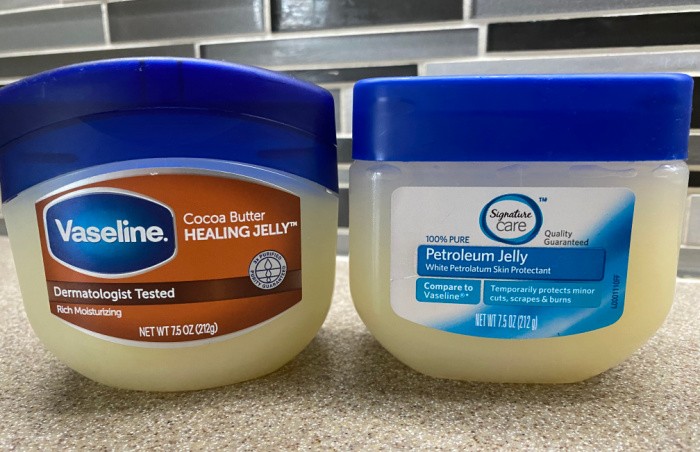
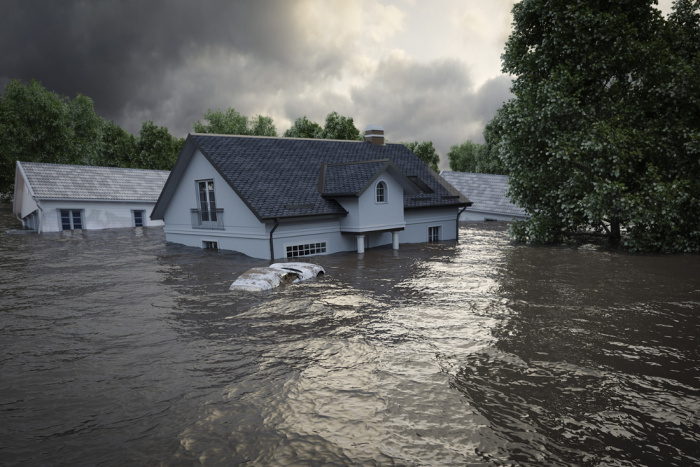
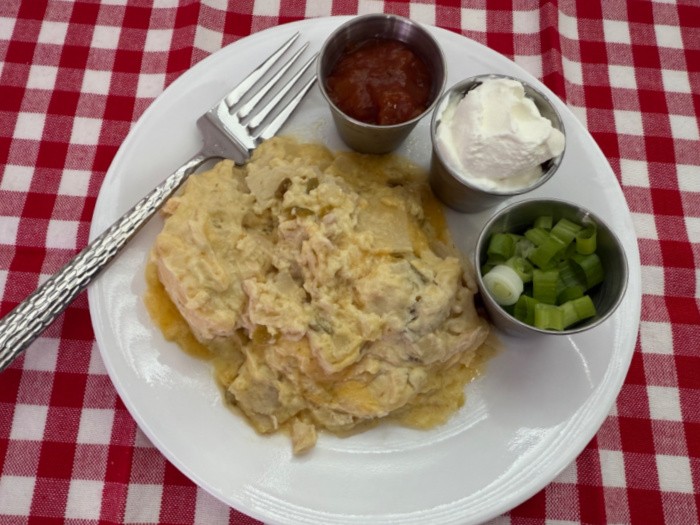
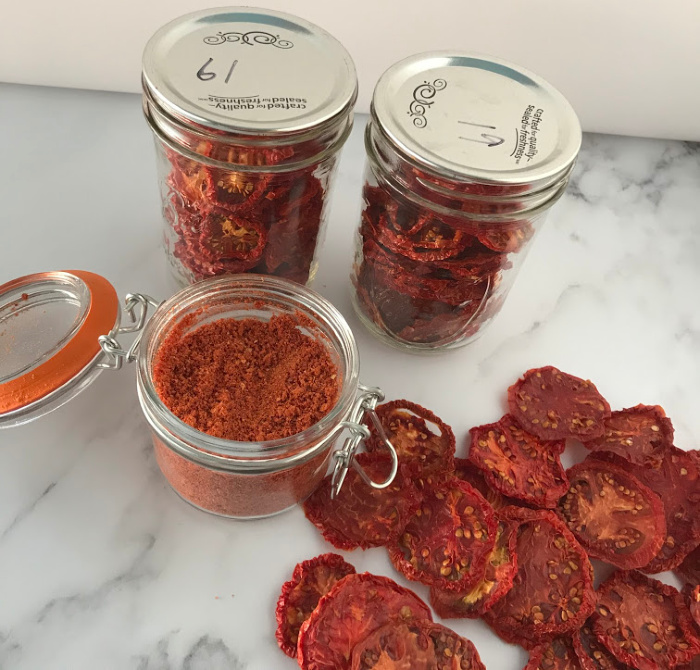
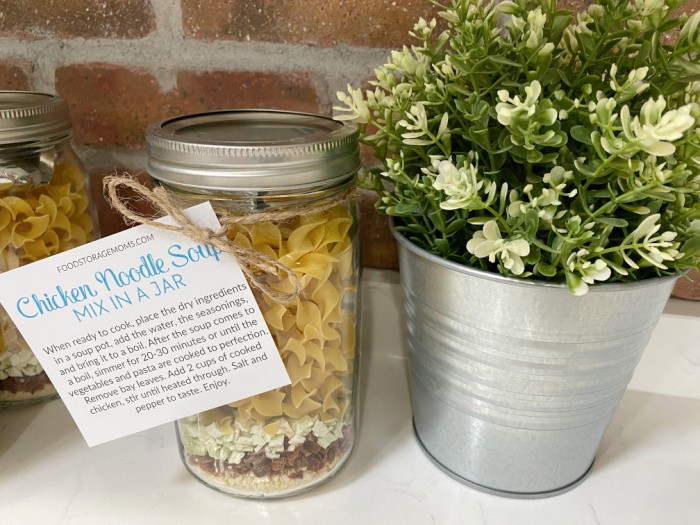
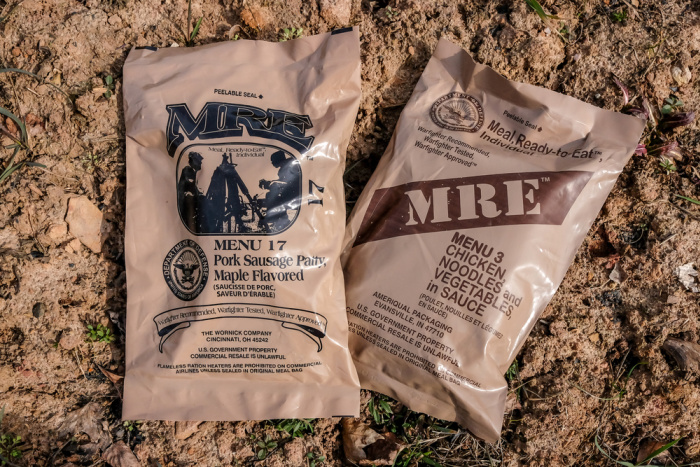

We store our things in a closet in a bedroom. We don’t have a storm shelter or a basement. And no garage. Some are stored in the breakfast room in 5 gallon buckets with Gama lids. These hold rice, beans, and flour. I keep our regular used basics in plastic canisters. They will hold 5 pounds of flour, sugar and cornmeal. We also keep our cereal in them. And so much more.
We don’t have basements here in Texas. I’ve never even seen one.
Lol I remember talking to some folks when I was at Ft Hood down in hill country and they looked at me like a three headed dragon for the mere mention of digging because of that rock
Hi Matt! We’re north of Ft Hood. Our problem is the water table being so shallow. We live in East Texas.
Hi Matt, I have the giggles now. In Southern Utah, in some places, you would have to dynamite the land for a hole. It’s hard as a rock, literally. LOL! Linda
I hear you, we live in a really nice mobile home, no storage and no underground anything here. All you can do is what you can do!
Hi Jay, you are so right. Whatever we can do is better than not doing anything at all. Life is good! Linda
Hi Deborah, oh my gosh, I did not know that about Texas. No basements, interesting. Thank you! I won’t have a basement in my new home if it ever gets built. LOL! Isn’t it wonderful that everyone finds a way to make their preparedness journey work? We all have different size homes, land, etc. We do what we can do! Linda
Warehousing of logistics is always an issue in our housing arrangements though in America we are in better shape than many with the exceptions of apartment and high rise dwellers.
As stated eggs in one basket isn’t the way to go when it can be avoided. Even if it’s in the same property try and spread it out. For instance I have several 5gl jugs of water in the storm shelter, several large containers outside and many jugs inside as well as bottled in the pantry. In the summer I maintain the camper with the water tank too. So no matter if I gotta run, house burns down, tornado hits or it’s below zero outside I’ve got some immediate drinkable water somewhere. This doesn’t even cover the filtration and collection plans.
Even crawl spaces under the house can have value with sealed containers and non perishable items.
Hi Matt, great comment. YOU have a plan, that’s what we all have to have. Having water is number one in my book, and the rest will fall into place so to speak. I love hearing you have a storm shelter, I know we have talked about it, but that is so awesome, my friend. The key here is to have many bottles or containers of water, I LOVE THIS! Linda
Linda, I guess some of us store supplies in caches as well, away from our homes in case of theft or confiscation. I haven’t done that, though I see the appeal. Unless my home is destroyed I’ll be bugging in.
Thank you so much for the book recommendation.
“Away from home” ain’t gotta be too far if ya can dig. Guy can plant some bushes and make one extra hole and the neighbors know nothing. Buckets don’t look outta place in that work environment. Move that wheelbarrow, pickup or riding mower around so it interferes with bored prying eyed tattletales while that container falls in that hole. Piece of plywood leaned up just right kills that ground level viewpoint.
Matt and Linda, if I decided to rock bar my way through the caliche here I could hide a cache, even weapons, under a raised bed garden. Since I line the bottoms of my raised beds with hardware cloth not even a metal detector could find it. Of course any such cache would need to be sealed against rodents and moisture–such as in a large, capped, PVC pipe. Oh, and if you ever decide to store cash underground be sure to put desiccant packs in with it, otherwise it will get moldy and will disintegrate.
Hi Ray, wow, great comment with awesome tips! Linda
Hi Matt, great tips, I can dig holes here more so than in Southern Utah. Well, my grandsons can help me! LOL! Linda
HI Ray, I need to add your book more often because I want people to realize they do not have to bug out. If they have the means, that’s awesome. I do not, and that’s okay. We can survive. Linda
Wow! How does anyone live without a basement or at least a daylight basement? We have a daylight “basement”, which means it contains storage shelves and clothing shelves plus a tall dresser full of shampoo, pens and notebooks, lotions and some natural medicines, all placed in the same room as our computer center! I even have my sewing machine and some fabric in that one room. THEN there are the several shelved pantries, the Harvest Right Freeze-Drier and the freezer outside that room!
Well, we did have a carpenter put up a place to put wooden bars across every door in that “workroom” area, so it would be harder for a person to break in… Still looking for a good place to store all the Freeze-dried foods I’ve put up without being too temperature-unregulated. With our berry patch going bonkers again this year, we certainly have a lot of berries F/Dried and some stone fruits from a friendly orchardist, too. I am watching the Seedless Concord Grape Vines exploding with fruit and am wondering if I’ll need to beg others to help harvest them in September!!
Proteins, I mostly pressure can any going on the pantry. Good luck to all of you without basements or at least a daylight basement. I’ve never even seen a home WITHOUT a basement!! But then, we live in an area renown as the fruit basket of the East, in the one NYS county that beats all of Washington State for apples, except for 1 WA county, that is. The soil here does contain a variety of stones, but is not a layer of solid rock!
Hi Jess, oh this sounds wonderful! I love the wooden bars you had a carpenter build! Great idea! It sounds like you live in a wonderful place for fresh fruit and vegetables! I love it! Linda
Basement- Husband’s work bench, toilet paper, paper towels, light bulbs, extra water, furnace filters, extra screws and nails…all shapes and sizes, inflatable air mattress, rags, towels, sheets,
Attached Garage- more tools, salt, ginger ale, upright freezer, boots, small grill, duct tapes, Bic lighters, fishing equipment, shovels
Broom closet – hundreds of Batteries, central vacuum, multiple dust mop heads, cleaning products backup solar lights. More lighters,
1st floor laundry – multiples Lysol spray, clorox wipes, a years worth laundry soap and fabric softener, bleach, solar lanterns and flashlights,
Toiletries closet- shower gel, shampoo, hand soaps, sanitizer, 1st Aid Kits, dental supplies, feminine hygiene, shower cleaners, room sprays
2 panty closets – food, food, more food, canned, boxed, Tupperware containers full, spices
Guestroom closet- large jar candles, about 56 at last count….boy do I like candles!!!! Health supplements, paper plates, bowls and cups. Ziplock bags, trash bags, aluminum foil,
Kitchen cabinet- dish soap, dishwasher soap, extra vinegar, medications
Secret cabinet – Hershey Dark chocolate, Hershey kisses, Dark chocolate covered raisins, more chocolate …….
What am I missing???
HI Chris, oh you got me on the secret cabinet with the chocolate!!!!!! LOL! I love what you have stored! You are rocking! Job well done, Linda
My husband pointed out I forgot to mention water…..water…everywhere!!!! Today during a ride we came across a delightful country butcher. A quick check showed great reviews. All the meat is vacuum sealed and frozen, which means it will last longer. The frozen date was 8/8/22, so I know I can count on it lasting a long time. The ground beef is frozen flat, so it will thaw evenly. 10 packs of ground beef and 5 chuck roasts gave us a good start on winter meats. Of course, it meant rearranging the new freezer, but I like feeling like we accomplished something today.
We store our items in a variety of places including the pantry, laundry room (evacuation bag),basement, garage, camper and garden storage shed. We have a walk-out basement that is the size of our 1700 sq foot ranch home. We have a guest room, rec room, computer room (aka tornado room), 3 small storage closets, a bathroom, an area where hubby will one day build a wet bar and then my kitchen storage room. I love my kitchen storage area, the room is about 8′ by 14′. Hubby built strong wide shelves at the back to help store things for the kids and kitchen extras that we don’t use frequently, like my large roasting pan for a turkey and my as-yet-to-be-used canning supplies. Then he built 12″ shelves along most of one wall. At the end of those shelves he added upper cabinets and used the metal closet shelves upside down to create sloped shelves with a “stop” at the end to hold canned goods. I have my 90 day food storage stored there in meal boxes. For example I have a box to make spaghetti. In that box I have several large cans of tomato sauce and tomato paste, several packets of spices, and several pounds of spaghetti. I also have the recipe printed out on cardstock in a page protector. My chili box contains a combination of canned and dry beans, canned diced tomatoes, spice packets, and a couple cans of Hormel beanless chili in case we don’t have fresh or frozen ground beef. I had a box of saltines in there and hubby added a couple boxes of his favorite cornbread mix. I have 20 or more meal boxes then a couple boxes with the canned meals like Linda posted. Every 6 months, I go through all my canned stuff and anything that will expire in the next 6 months will either be eaten or donated to the local food bank. A lot of the canned meals do end up going to the food bank, so I keep those sorted into the things we will eat (hubby and his specific brand of brunswick food that I have my sister bring me when she visits) and the things we will only eat if we have no other choice. I have a picture if you want to see.
We usually eat one of these meals a week and then replace the ingredients so that I keep that many meals in the kitchen storage. It took us about 2 years to build the supply up to 90 days and it really might be more like 120 days right now. When I find a new recipe that we like, I add it to my collection We also use these meals when we go camping.
Due to my disabilities, we will bug in if we can. If we have to evacuate, we will take our small camper. We can get everything we need and hooked up and ready to pull out of the driveway in less than 20 minutes. A couple of years ago we had a “thousand year flood” and we were dry through all that, so floods don’t really worry me. We can survive any blizzard at home. A tornado flattening the house is about the only thing that worries me. However, we have insurance to rebuild and replace things. We just have to survive. LOL
I will be checking out Ray’s book.
Hi Topaz, oh I love hearing you have a plan, you are so totally organized!! I know you can sleep at night knowing you can survive! I LOVE LOVE LOVE your comment! A 1000-year flood is awful! No one can plan for that! Glad you both survived it. I love how well thought out your meal plans are. Linda
need an “on-property” cache of the basic supplies for a start over – burial somewhere on the property if possible – 24/7/365 available >>> the Frozen North complicates any burial plans – make sure to cache the tools necessary for recovery …..
also a good “last ditch” SHTF crisis plan is to have remote & obscure cache locations in the local area – have materials available to conceal & protect preps that are endangered on your property – relocate for a safe recovery in the near future ……
We have a garage where we store food (I dare anyone to get into it because my husband does not use it for cars but we have our huge freezer and our sons small freezer in front of the door and my husband has it Jerry rigged so no one can open the door. He also has the side door locked and Jerry rigged so if you don’t know how to open it you are S*** out of luck. We actually have 4 freezers in the garage. The really big one a medium size one a small one and one in our outside refrigerator. We also have 2 refrigerators freezers in our house and one in my sons house. I will soon have one pantry in the house where no one would think to look. It won’t have a door per say. We will make a door that is hidden in the bedroom next to the pantry and it will be Jerry rigged so no one will realize that it is there. I have a file cabinet that I will be putting things in behind anything I file in the file cabinet. We have access to under our house that we can put things. I will put things in the attic. In closets and under beds. I feel sorry for any guests who visit us because we will have to go through that Closet to get into the pantry.
I have to laugh at our plans. We have other places we have not formalized yet. If the Lord comes soon anyone looking for food will have a problem finding what we left behind. (Except for our Bibles and Bible study books. LOL.
Hi Jackie, well, you have filled many crooks and crannies, good job! Life is good when we are prepared, Linda